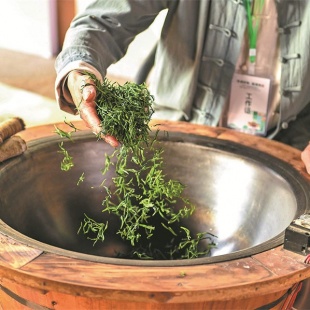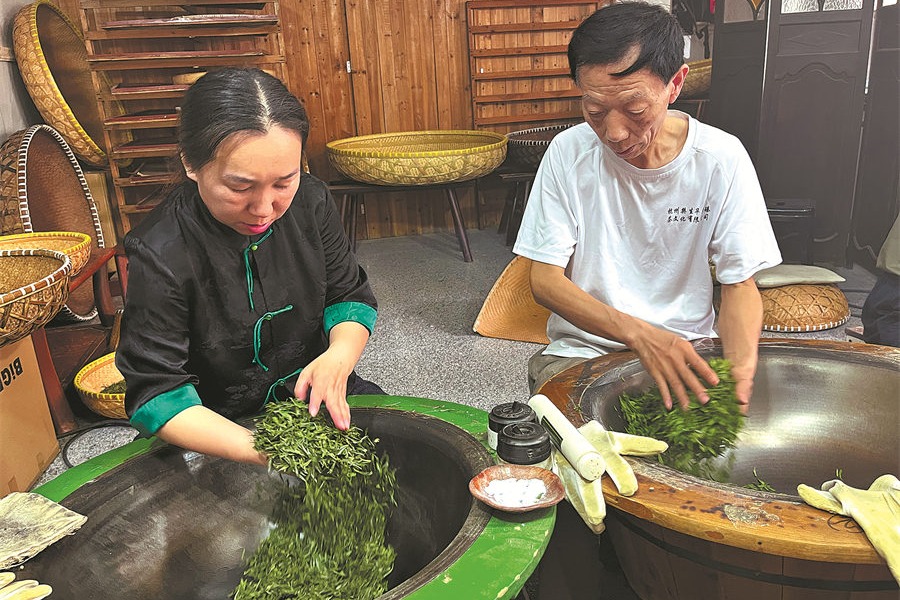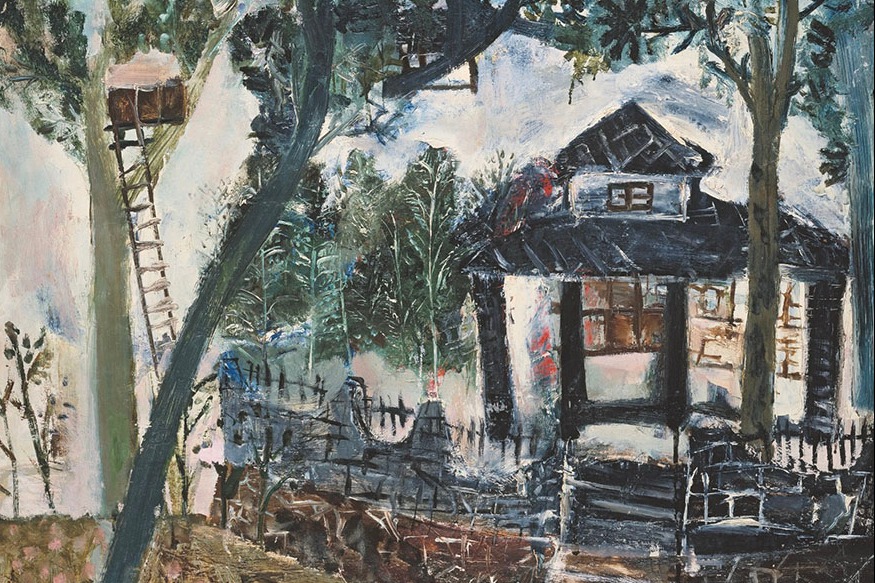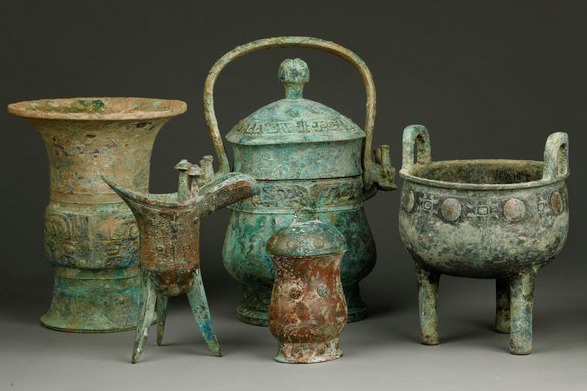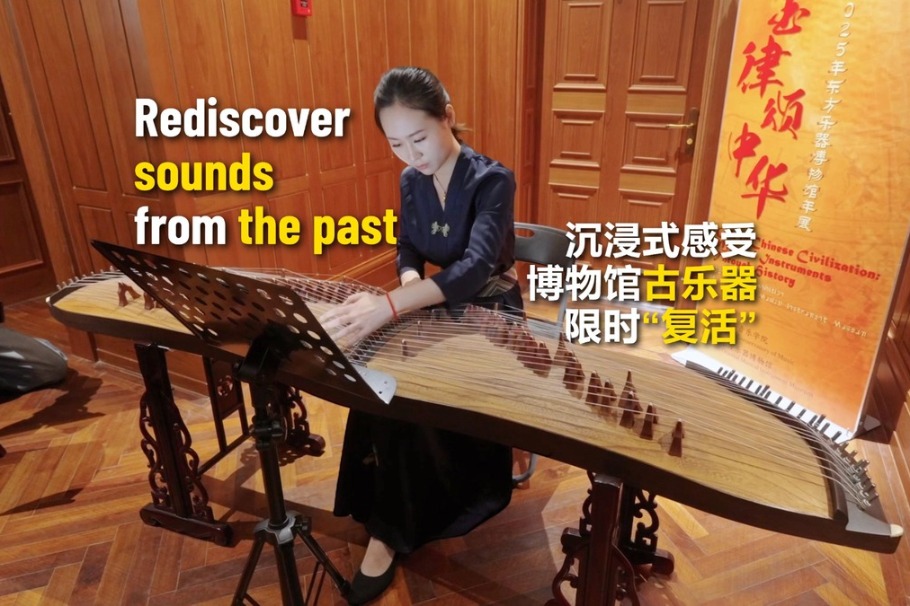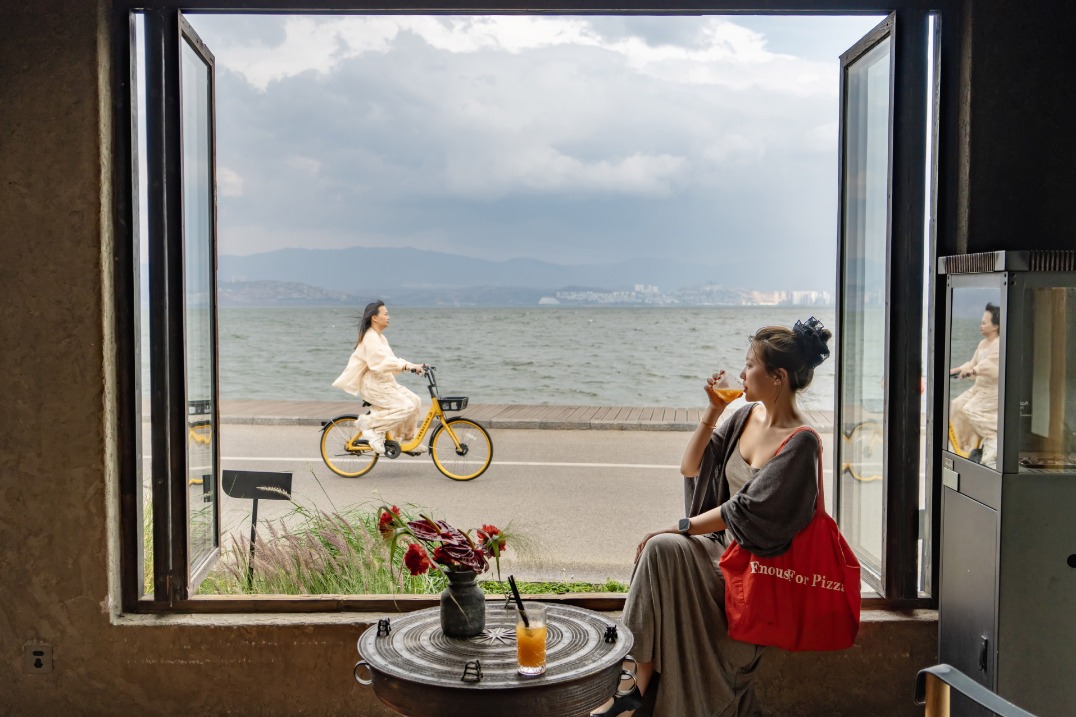Price is right for heritage

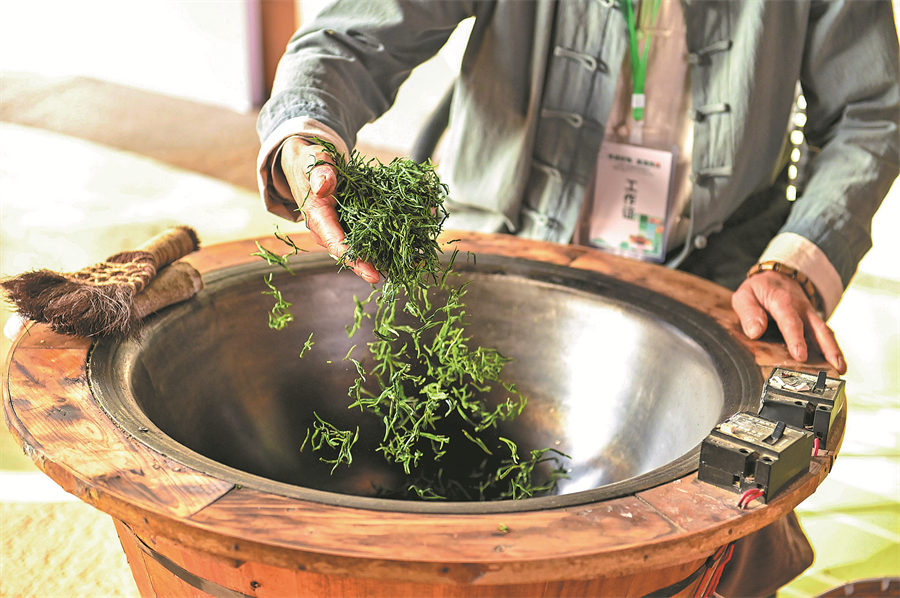
The program showcases time-honored brands and classic domestic products alongside collaborative work between heritage inheritors and contemporary designers. It highlights creative products incorporating trendy design elements.
Through publishing intangible cultural heritage-themed travel routes, check-in locations, and spring outing maps, the initiative also encourages people to follow intangible cultural heritage on journeys. Various regions have combined music, cuisine, and folk customs to create immersive shopping experiences, according to the organizers.
The event aims to facilitate creative transformation and innovative development of cultural heritage and promote its integration with multiple sectors including tourism, cultural creativity, and digital technology.
A few hundred meters away, zongzi maker Wufangzhai based in Jiaxing, Zhejiang, uses a tea filling in some of the glutinous rice dumplings wrapped in bamboo leaves.
The new product brings together local agricultural products, ancient festival customs, and contemporary design related to the upcoming Dragon Boat Festival on May 31, says Gu Xiaofang, strategic marketing manager at the brand, which has existed for more than 100 years.
Its zongzi craft was named a national intangible cultural heritage in 2011.
The exterior of the box is decorated with colorful Xiuzhou Farmers' Paintings, a provincial-level intangible cultural heritage form known for its vivid colors and rustic symbolism.
"The painting style incorporates elements like the Dragon Boat Festival customs specific to Jiaxing," Gu explains. "It tells a story even before you open the lid."
Inside, the zongzi themselves offer a novel twist, infused with fragrant tea flavors.
"We noticed that buyers were becoming more health conscious and curious about lighter, more aromatic flavors," Gu says.
"Tea, being such an integral part of Chinese culture, seemed like the perfect bridge between heritage and innovation," she adds.
While the idea may seem simple, the execution was anything but. "One of the biggest challenges was how to retain the tea's aroma during the cooking process," Gu recalls.
"At first, we tried infusing the rice with brewed tea, but the fragrance didn't carry through."
After numerous rounds of experimentation, the breakthrough came by grinding tea leaves into fine powder and incorporating it directly into the filling.
"This method not only preserved the fragrance, but also added a richness that blends beautifully with traditional zongzi ingredients," she says, adding that the mellow bitterness of tea meets the savory tenderness of meat, held together by sticky rice that's soft but not mushy, fragrant but not greasy.


